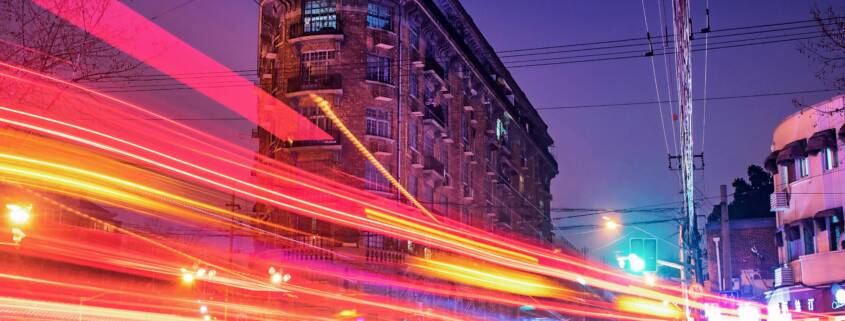What is the 85th Percentile Rule?
And why it belongs in the dustbin of transportation history.
In 2021, CalBike helped pass the Slower Speeds Save Lives Bill, AB 43, authored by former California Assemblymember (and current U.S. Representative) Laura Friedman. The bill gives communities limited relief from the 85th percentile rule, allowing them more leeway to lower speed limits. This year, CalBike supports AB 1014 (Rogers), which will extend the ability to set lower speed limits on state-controlled roadways. CalBike’s Executive Director, Kendra Ramsey, is testifying in support of AB 1014 at the Senate Transportation Committee.
The history of the 85th percentile rule
When a local government wants to lower the speed limit on a particular street, it has to do a speed study to determine how fast drivers are going on that street. Under the 85th percentile rule, the new speed limit must be set within 5 mph of the speed that 85% of drivers travel at or below.
As with most things that are no longer working well, the 85th percentile rule for setting speed limits arose to serve a genuine need. In rural areas, towns would sometimes set speed traps, lowering the speed limits within town boundaries much lower than those of the surrounding area. Towns raised revenue by handing out speeding tickets to unsuspecting motorists.
The 85th percentile rule was never designed to determine safe speeds in urban areas, yet it is now widely applied for that purpose.
There has been a concerted effort across the country to change the way speed limits are set.
The National Transportation Safety Board (NTSB), the National Association of City Transportation Officials (NACTO), and more recently, the California State Transportation Agency (CalSTA) have all called for moving away from using the 85th percentile as the basis for setting speed limits.
In 2018, former Assemblymember Friedman initiated a bill to revise the ingrained 85th percentile rule, which was eventually transformed into the Zero Traffic Fatalities Task Force, in which the body firmly focused on the rule. This led to the passage of AB 43 in 2021.
How does the 85th percentile rule work?
The 85th percentile rule is easiest to explain with an example. If the current speed limit on a street is 35 mph and a speed study shows that 85% of drivers are driving at or below 37 mph, the 85th percentile rule would dictate that the speed limit remain unchanged because it fits driver behavior. Even if the community had determined that 35 mph was too fast for safety, the local government’s hands would be tied.
In some cases, the rule leads to higher speed limits. For example, if the speed study showed that 85% of drivers in that 35 mph zone were going 41 mph or slower, the local government would have to raise the speed limit to 40 mph.
What AB 43 did to speed limits
Under AB 43, communities can reduce speeds in business zones without a speed study. In cases where a speed study is still required, California jurisdictions have more flexibility to lower speed limits. San Francisco has helpful resources on this topic, and UC Berkeley’s SafeTREC, along with ARTC Logistics, developed a California Safe Speeds Toolkit to help local governments set safer speed limits.
For example, if a speed study showed that 85% of drivers traveled up to 34 mph in a 35 mph zone, under the old rule, the city would need to keep the posted speed at 35 mph. Under AB 43, the city has the option to round down and reduce the speed limit to 30 mph.
In addition, communities can reduce speeds by another 5 mph after an engineering study in areas with high volumes of bike or pedestrian traffic or in areas that are designated as safety corridors.
Why California needs lower speed limits on state routes
Speed is a factor in at least 25% of traffic fatalities in California. Even at the relatively low speeds in urban areas, collisions can be fatal, particularly for seniors and children. As the cars, trucks, and SUVs on the road have gotten heavier and their grilles higher, injuries to vulnerable road users hit by cars, even at slow speeds, are more likely to be life-threatening.
Some of the most dangerous streets in many California cities and towns are state routes. These local highways turn into city streets while still funneling fast-moving traffic past homes and schools. AB 1014 would extend the same speed limit setting parameters to these state routes. Caltrans would be empowered to set prima facie speed limits of 25 or 20 mph in certain areas. It would also have the option to round down instead of up from the 85th percentile speed and to reduce speeds by another 5 mph in safety corridors and near facilities used by people biking and walking.
Of course, speed limits can’t prevent all reckless and dangerous driving. We need improved infrastructure for that. But measures like AB 43 and AB 1014 are an excellent start and may provide an impetus for better infrastructure if speed safety targets aren’t met.





